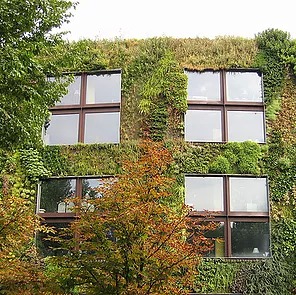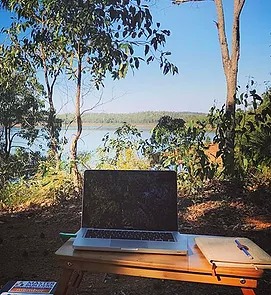We envision a peaceful and sustainable world, living in harmony with nature
Hempcrete


Hempcrete is a non-structural material, compared to concrete, its compressive strength is around 1MPa, whereas residential grade concrete is 20MPa (by adding cement to the mix you can raise the MPa rating). Building with hempcrete requires a structural frame, being of timber or steel. This low density material is resistant to cracking under movement, thus making it highly suitable for moveable tiny house construction.


Industrial hemp is a different strain of Cannabis Sativa, containing very little THC (the psychoactive substance). Current regulations in Western Australia are that industrial hemp is required to have a THC level lower than 0.03% in order to be processed. The cousin of hemp, Marijuana, has a THC level of around 15% thus meaning you are unable to get high from industrial hemp.


